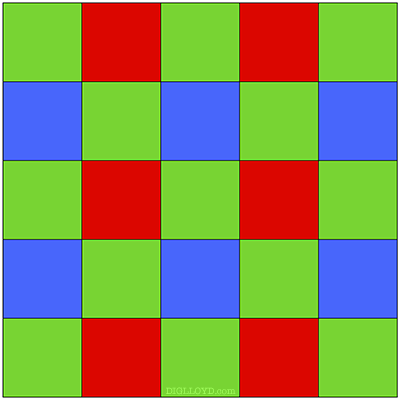Sony A7R V Pixel Shift on Complex Outdoor Scenes: a Stunning Advance in Image Quality
re: pixel shift

First the bad stuff: Sony’s implementation of pixel shift and focus bracketing gets a 'C+' instead of an 'A'. The good news is that it should be easy to fix most or all of the issues with a firmware update. The bad news is that to release such an ill-conceived implementation suggests that someone has very poor thinking over there. It is inconceivable that so many poor decisions have been made, but there it is.
And, there are outright bugs in the Sony A7R V. For example, the camera randomly decides it cannot magnify a taken image*, alerting “Unable to Magnify Image”. Sometimes powering off/on and retaking the image fixes it. But once taken, the camera will never succeed in zooming in. And yet the image on the computer has no issues. This bug is a serious problem if you are trying to confirm depth of field or focus in a taken image. It is particularly galling for a focus stack series and particularly nasty given the destructive failure of focus bracketing to reach INF.
* I thought this was related to using focus bracketing, but it is also happening with single-shot exposures.
Hassles aside...
I went out and shot some complex outdoor scenes today. I’ll be showing, but I wanted to establish whether I could shoot complex scenes with extreme detail levels with consistently excellent results, with motion or without.
That is, I wanted to decide whether pixel shift can be asserted as the default shooting mode. The answer was a resounding “YES!”. Barring conditions moving everything around constantly (eg wind and scenes with grass, leaves, etc), pixel shift is now my default capture mode (tripod required, of course).
The quality gains I am seeing are unprecedented and jaw dropping, clearly superior to what I can obtain with my 100MP Fujifilm GFX100S, as I’ve already proven beyond any doubt.
The effect is not just sharpness; it is about captures that are 3D with outstanding texture, more real-looking than ever possible before, and with a freedom from digital artifacts of all kinds.
The Sony A7R V with pixel shift is the medium format kid on the block. Truly, we are in the golden age of photography.
As for the Sony A1, it offers similar performance, just a subtle bit less sharpness due to its 50MP sensor instead of 60MP (there is only a 1.09X linear resolving power difference).
Sony A7R V + Voigtlander FE Macro APO-Lanthar 65mm f/2 Aspherical
ENV: Alpine Creek, altitude 650 ft / 198 m, 61°F / 16°C
RAW: Camera PT, +10 Whites, +10 Clarity
mudslide did not exist 12 hours prior
[low-res image for bot]























